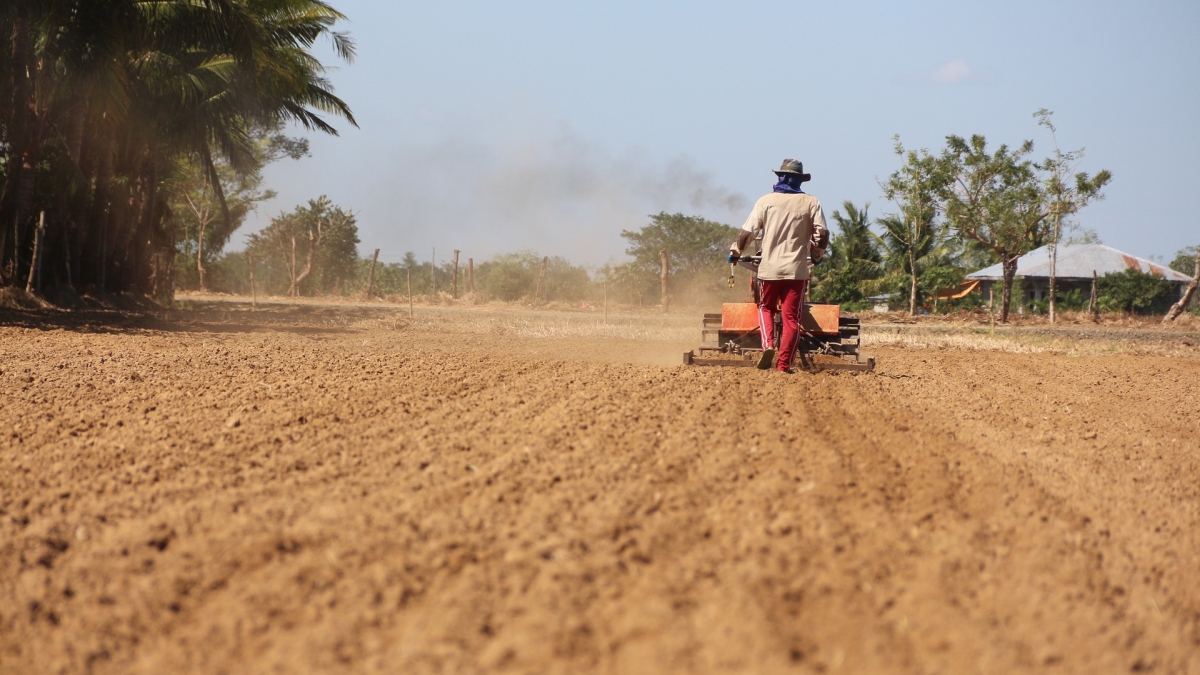Study looks at land acquisitions' effect on climate change

In 2007, an increase in world food prices led to a global rush for land in the form of land grabs or large-scale land acquisitions. Over the last two decades, such acquisitions have resulted in millions of hectares of land changing hands in developing nations. Although such changeover can increase the cultivation of crops needed to feed the world’s growing population and spark new agricultural practices and technologies, it can also lead to environmental degradation, increased carbon emissions and threats to the livelihoods of smallholder farmers.
The socioeconomic and environmental consequences of such large-scale land acquisitions have been studied, but the effect of land grabs on carbon emissions has not, at least until now.
In a new study, "Carbon emissions from the global land rush and potential mitigation," published in the journal Nature Food, researchers looked at what drives large-scale land acquisitions and how the implementation of large-scale land acquisitions for agricultural development affects carbon emissions, and in turn, climate change.
“Overall, the findings suggest there is a cost-effective way to produce more food while minimizing carbon emissions from this process," said Chuan Liao, assistant professor in ASU’s School of Sustainability and lead author of the study.
“It’s unrealistic to say that we can’t convert more land given that the world’s population is growing, especially in developing countries, but we still must minimize carbon emissions while pursuing agricultural development,” he said.
The study researchers analyzed countries that were engaged in over 1,000 transnational, large-scale land acquisitions. They identified distinct geographic areas where land grabs take place: coastal West Africa and the East African Rift Valley; Southeast Asia; central-south Latin America; and Eastern Europe and western Russia.
The study showed that the quest for resources, like arable land and water, drives large-scale land acquisitions. That is, countries with low or medium-low arable land availability are usually investors, whereas those with medium-high or high arable land serve as hosts, said Liao. Likewise, countries with less water scarcity often supply land, whereas those countries with higher water scarcity invest in land.
The researchers also estimated carbon emissions from nearly 1,500 cases of large-scale land acquisitions under two agricultural-development scenarios, including business as usual and enforcement of environmental regulations.
In analyzing those emissions, the researchers found that the business-as-usual scenario — that is, clearing all vegetation from 37 million hectares of land — would emit approximately 2.26 gigatons of carbon. In contrast, implementing environmental regulations to constrain land conversion and save high-carbon-value forests would reduce emissions to 0.81 gigatons.
The study also found that enforcing environmental regulation policies does not reduce the amount of land that can be used for agricultural development at the same proportion as the reduction in carbon emission.
“Instead, we allow agricultural development on lands that have lower carbon values,” explained Liao. “Our strategy is to better manage these tradeoffs because food security and carbon emission mitigation are both important.”
Additional study authors include Kerstin Nolte, Institute of Economic and Cultural Geography, Leibniz University Hannover; Jonathan Sullivan and Arun Agrawal, University of Michigan; Daniel Brown, University of Washington; Jann Lay, University of Göttingen and German Institute for Global and Area Studies; and Christof Althoff, German Institute for Global and Area Studies.
The study was funded by National Science Foundation and National Aeronautics and Space Administration.